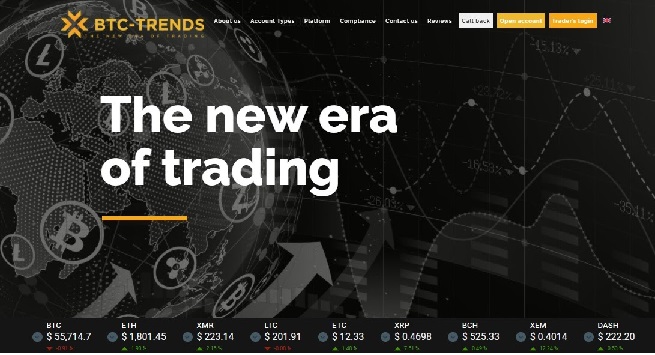The year 2021 has been, for cryptocurrencies, interesting in all senses of the word. Some people seem convinced that cryptos are a new part of the furniture of our lives, while others believe they are destined for doom.
In May, China forbade its financial institutions from providing crypto-related services, setting off a tremor in the crypto market that left it $400 billion lighter in value. More recently, at the end of September, the Chinese leadership banned outright all crypto mining and transactions. After this, Bitcoin sunk down by over 9%. The concerns governments have expressed about cryptos are that they may threaten central bank control of financial systems, hurt investors, and enable cyber-crime. After Bitcoin’s dive in May, US Federal Reserve Chairman Jerome Powell spoke about the need to increase “Our attention to the appropriate regulatory and oversight framework,” and expressed his belief that there should be more regulation on businesses that process crypto payments.
On the other hand, many analysts believe that China’s crackdowns will not affect global crypto-asset prices, as companies show no signs of discontinuing their use of crypto services and products. “China’s actions haven’t held back cryptos’ rise too much in the past”, comments Craig Erlam of Oanda. Let’s take a closer look at the recent price movements of two of the biggest cryptocurrencies, Bitcoin and Cardano, and try to take a peek at what the months to ahead might hold in store for them. Essential news for those who plan to trade in cryptocurrency as CFDs.
Bitcoin
At the beginning of October, Bitcoin flew up to a five-month high of $55,499.96. On its heels, Ether was up 2.2% to $3.594 and XP rose 0.2% to hit $1.087. Alongside this, the recent increase in Bitcoin addresses seems to hold “Structurally bullish indications”, according to Ben McMillan of IDX Digital Assets. Bitcoin exchange was also boosted by confirmed reports that George Soros’ hedge fund trades in BTC.
For the seven weeks before this, the enormous sum of $390 million flowed into the crypto market. (Since the beginning of the year, it’s been $6 billion.) As to what lies behind this late enthusiasm for cryptocurrency, it may be “More accommodative statements from the US Securities and Exchange Commission (SEC) and the Federal Reserve”, speculates James Butterfill of CoinShares. Powell recently stated the Fed has no plans to ban cryptos. In September, Gary Gensler, the Chairman of the SEC, had used a much stricter tone with regard to cryptos, announcing that peer-to-peer crypto platforms that bypass banks and exchanges fall within the SEC’s jurisdiction.
Cardano
As for Cardano, the third largest cryptocurrency, its prices performed well from the end of July and throughout August until they struck an all-time high point of $3 on September 1st. The rest of September was less impressive, however, despite big single-day price rises.
Cardano’s performance on the first of September brought its total value to $96 million, raising its worth to about 1/5th of Ethereum’s and 1/10th of Bitcoin’s. Doubling its value in the space of a month, however, raised the eyebrows of many crypto traders. Cardano is famously environmentally-friendly, due to its ‘proof-of-stake’ methodology, though it is, at present, less suited to smart contracts than other cryptos.
Trade in cryptocurrency as CFDs
The cryptocurrency market is more than ten years old but it is still relatively small. It’s also fraught with volatility due, in part, to its lack of consistent regulation as well as the swells of excitement that build up every so often in the news. Stronger regulation might be on its way in the near future, which could have an effect on stabilizing cryptocurrency, but there’s no way to tell at present.
Even a rumour has the power to skyrocket the price of a crypto, as we’ve learned from the moves associated with Elon Musk’s tweets, however these moves are what those who trade in cryptocurrency as Contracts For Difference are after. CFD traders are able to trade in cryptocurrency without actually buying the underlying asset by taking advantage of price movements, whether they be up or down. Traders who expect the price of an instrument to rise open a ‘buy’ deal or ‘go long’; if they expect a downturn in price, they open a ‘sell’ deal or ‘go short’. The opportunity that comes with this type of trading comes with equivalent risks, so traders should educate themselves about CFDs and their trading instruments as much as possible. Ultimately, before you trade in cryptocurrency as CFDs, look for a regulated broker that offers educational articles, video tutorials, and traders’ guides to help you make more knowledgeable trading decisions.











